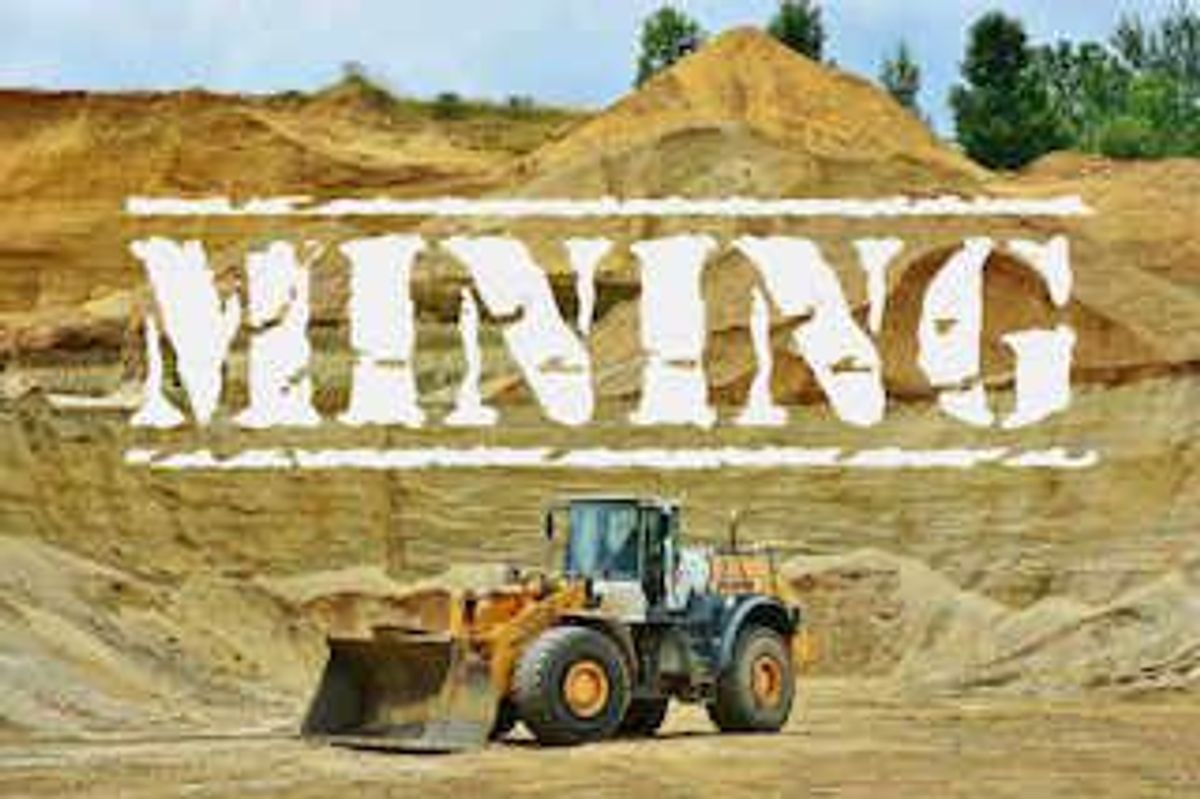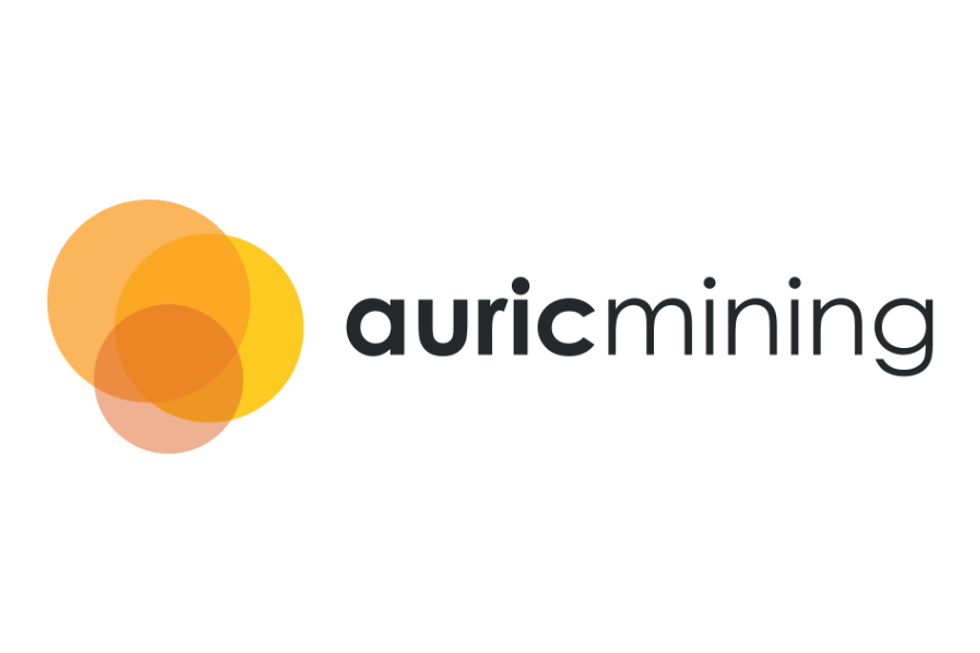- AustraliaNorth AmericaWorld
Investing News NetworkYour trusted source for investing success
Galan Lithium
International Graphite
Cardiex Limited
CVD Equipment Corporation
- Lithium Outlook
- Oil and Gas Outlook
- Gold Outlook Report
- Uranium Outlook
- Rare Earths Outlook
- All Outlook Reports
- Top Generative AI Stocks
- Top EV Stocks
- Biggest AI Companies
- Biggest Blockchain Stocks
- Biggest Cryptocurrency-mining Stocks
- Biggest Cybersecurity Companies
- Biggest Robotics Companies
- Biggest Social Media Companies
- Biggest Technology ETFs
- Artificial Intellgience ETFs
- Robotics ETFs
- Canadian Cryptocurrency ETFs
- Artificial Intelligence Outlook
- EV Outlook
- Cleantech Outlook
- Crypto Outlook
- Tech Outlook
- All Market Outlook Reports
- Cannabis Weekly Round-Up
- Top Alzheimer's Treatment Stocks
- Top Biotech Stocks
- Top Plant-based Food Stocks
- Biggest Cannabis Stocks
- Biggest Pharma Stocks
- Longevity Stocks to Watch
- Psychedelics Stocks to Watch
- Top Cobalt Stocks
- Small Biotech ETFs to Watch
- Top Life Science ETFs
- Biggest Pharmaceutical ETFs
- Life Science Outlook
- Biotech Outlook
- Cannabis Outlook
- Pharma Outlook
- Psychedelics Outlook
- All Market Outlook Reports

If you’re thinking about investing in the mining sector, you should familiarize yourself with the industry, from processes to pros and cons.
Whether you’re new to the mining space, or simply want to hit rewind and go back to its foundations, this article is for you.
Mining is a popular investment sector — whether it’s investing in gold as a safe-haven asset or taking a chance on cobalt, there is something for every investor to get excited about.
Having more knowledge usually means better investment judgment. With that in mind, how does the mining industry work? And where does it all start? Read on to learn the basics, from processes to pros and cons.
The mining lifecycle
While each mining project is different, there are five standard steps that lead up to production. Investors should be aware that the process of moving through these stages is lengthy, and many projects do not ultimately become mines; that said, there can be exciting returns for successful ventures.
1. Exploration is where it all begins. This is the process of pinpointing areas where mineral deposits lie. Exploration is an umbrella term that covers a wide variety of activities, but generally it involves a team of geologists and prospectors conducting surface mapping, sampling and geochemical analysis.
2. Next is the assessment and approval stage, which involves key technical studies, such as preliminary economic assessments (PEAs), along with prefeasibility and feasibility studies. Once these studies are complete, the company will make a final decision on whether it should move forward. Environmental and other approvals are also applied for and acquired at this time.
3. At this point, the project can begin construction. Mines typically require processing facilities, roads and employee housing. This is the last stage before the project can commence production.
4. Production is when things really begin to pick up. There are two kinds of mines: surface and underground. If a company has an underground mine, the site will get excavated to the desired depth; then workers will begin to recover minerals through drilling.
These recovered minerals must be processed, which involves running mined material through a mill to separate valuable minerals from excess material. After that, those valued minerals go through the smelting process, during which concentrate is melted down in order to separate metal from ore. Once separated, pure metal is poured into molds such as gold bars.
5. Closure and reclamation is the final mining stage. These activities happen when a mine closes and the land is repaired back to its original state. Sometimes there are issues with this part of the process — for example, some coal miners have attempted to avoid paying for mine closure in the past.
Potential red tape in mining
Complying with environmental policies comes with the territory for miners. Companies are expected to negotiate terms with local governments and indigenous groups where applicable. This process is meant to mitigate the impact of mining on both people and other living organisms. Unfortunately for miners, getting environmental approval can be a long and involved process.
Open-pit mines are particularly hard on the environment, as a vast area of land surrounding the deposit being mined must be dug up. Some countries have taken a hard line against open-pit mines for this reason — for example, open-pit mining has faced intense scrutiny in the Philippines.
The future of mining
Technology — Although bitcoin mining is gaining popularity, this is not what we mean by mining technology. Instead, we’re talking about the many innovations that could change the face of the industry.
One of those is the use of lasers in exploration, dubbed Lidar. This technology has made exploration more precise and less costly because it allows whole areas to be mapped out remotely. It also reduces the chance of a deposit being missed, since large swathes of land can be easily mapped. So long as mining retains its economic viability, innovation will continue to evolve this age-old industry.
Social relevance — Mining’s economic viability is also influenced by its social value, and in that sense, some commodities are seeing more popularity than others. Take gold, for example — as mentioned, bitcoin mining is gaining increased attention, and some have argued that investors are turning to that and other more tech-focused options in favor of precious metals.
At the same time, as the electric vehicle revolution progresses, metals used in the lithium-ion batteries that power them are expected to see increased demand. Lithium, nickel and cobalt and many other metals are expected to benefit from this trend. All in all, it’s well worth it for investors to be aware of which industries are thriving and what metals they consume.
How to invest in mining
Whether you’re interested in precious metals, critical metals, energy metals or industrial metals, it’s usually recommended to go with what you know best, or what you’re most interested in.
For an overarching summary of various resources to help you decide which one to narrow in on, check out our report on Investing in Resources. We also have specific overviews for many commodities, including: Investing in Gold, Investing in Silver, Investing in Lithium and Investing in Copper.
These are just a few of the educational reports we’ve put together. To find the one you want, and for a full list, click here. And let us know in the comments if there’s anything else you want to know about mining.
Don’t forget to follow us @INN_Resource for real-time news updates.
Securities Disclosure: I, Amanda Kay, hold no direct investment interest in any company mentioned in this article.
Outlook Reports
Featured Resource Investing News Stocks
Browse Companies
MARKETS
COMMODITIES
| Commodities | |||
|---|---|---|---|
| Gold | 2319.75 | -3.94 | |
| Silver | 27.21 | -0.07 | |
| Copper | 4.49 | +0.03 | |
| Oil | 82.85 | -0.51 | |
| Heating Oil | 2.56 | -0.02 | |
| Natural Gas | 1.67 | -0.15 | |
Investing News Network websites or approved third-party tools use cookies. Please refer to the cookie policy for collected data, privacy and GDPR compliance. By continuing to browse the site, you agree to our use of cookies.





